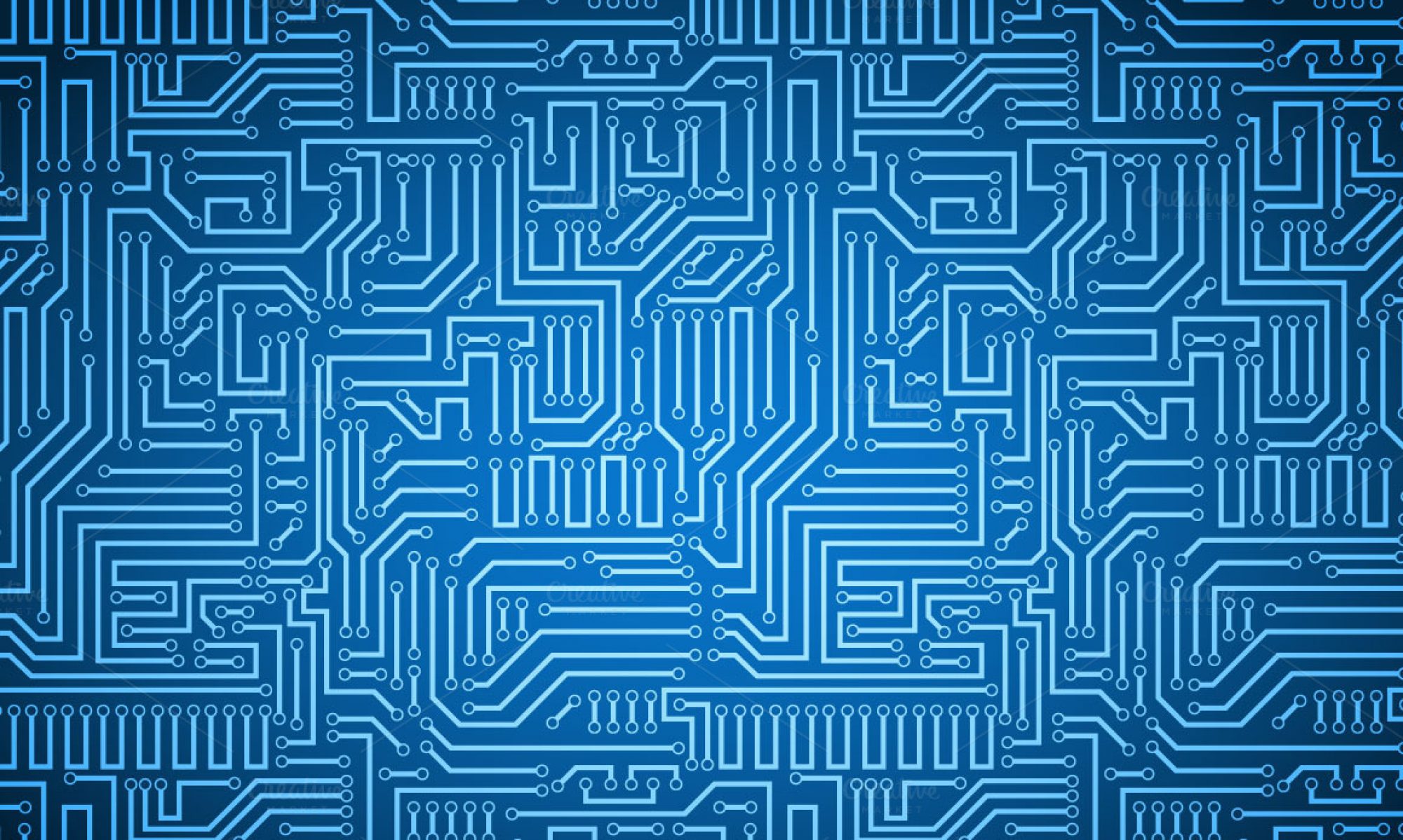Confocal imaging is an alternative to standard optical microscopy, such as conventional widefield microscopy or even Fourier Ptychographic microscopy. It poses an advantage over these forms of microscopy when imaging thick, fluorescent biological samples, such as living cells or tissues. Living cells and tissues are often stained with fluorescent dyes to better view them in a low contrast background, but this poses certain challenges. When imaged by a conventional form of optical microscopy, fluorescence emitted from other parts of the specimen that are not being imaged can interfere with the resolution of cells or tissue that are in focus, causing a phenomenon called “out of focus” glare. This is especially prominent in specimens thicker than 2 micrometers.
Confocal imaging is able to minimize out of focus glare and has an increased resolution for florescent labeled biological samples as opposed to conventional optical microscopy. Unlike widefield microscopy, which illuminates the entire biological specimen in uniform light, confocal imaging utilizes a laser that emits a focused beam of light to one particular point of the specimen. This light is scanned across the specimen in optical sections, leading to increased resolution without physically separating the specimen into sections, which is an invasive technique that would be required for widefield microscopy for increased resolution. By focusing the source of light on a specific point of the specimen, the illumination intensity drops off sharply for the rest of the specimen that is not in focus, reducing out of focus glare.
The drawback of confocal imaging is it can have poor temporal resolution. This is due to the fact that the light beam is focused to a small point less than a cubic micron is volume, so analyzing the whole specimen would require multiple images as the laser beam analyzes each optical section. In addition, in order to maintain better images for confocal imaging, it is optimal to reduce the power of the microscope when a high numerical aperture is being used, but this limits the speed of acquiring the image.
A possible approach to increasing the temporal resolution of confocal imaging while maintaining a high resolution would potentially be to implement a deep learning algorithm which could speed up the image acquisition time or reduce the number of images required for the given specimen. Attempts with deep learning have been made, such as UCLA’s technique of transforming confocal images into a super-resolved image that matches the resolution of stimulated emission depletion (STED) microscopy. This super-resolution of confocal imaging uses a deep neural network that successfully increases temporal resolution while maintaining or even increasing the space-bandwidth product.
References:
S. Paddock, T. Fellers, and M. Davidson. “Introductory Confocal Concepts.” MicroscopyU (2019).
“Confocal Imaging.” University of Wisconsin (2019).
H. Wang, Y. Rivenson, Y. Jin, Z. Wei, R. Gao, H. Gunaydin, L. Bentolila, and A. Ozcan. “Deep Learning Achieves Super-Resolution in Fluorescent Microscopy”. University of California, Los Angeles. 1-6. (2018).
